Nepal / सङ्घीय लोकतान्त्रिक गणतन्त्र नेपाल – Let’s explore here

What’s it like in Nepal?
Nepal is a stunningly beautiful, landlocked country in central Asia. Located in the Himalayas, it’s slightly larger than England, UK. The mountains contain eight of the highest mountains in the world, including Mount Everest, the highest mountain on earth, at 29,029 ft (8,848 m) above sea level.
The population of Nepal is around 31 million people (2024), just under one million of whom live in the metropolitan area of the capital, Kathmandu. Its neighbours include China, India, and the Tibet Autonomous Region in China.
The flag of Nepal is the only non-rectangular flag of any country in the world.
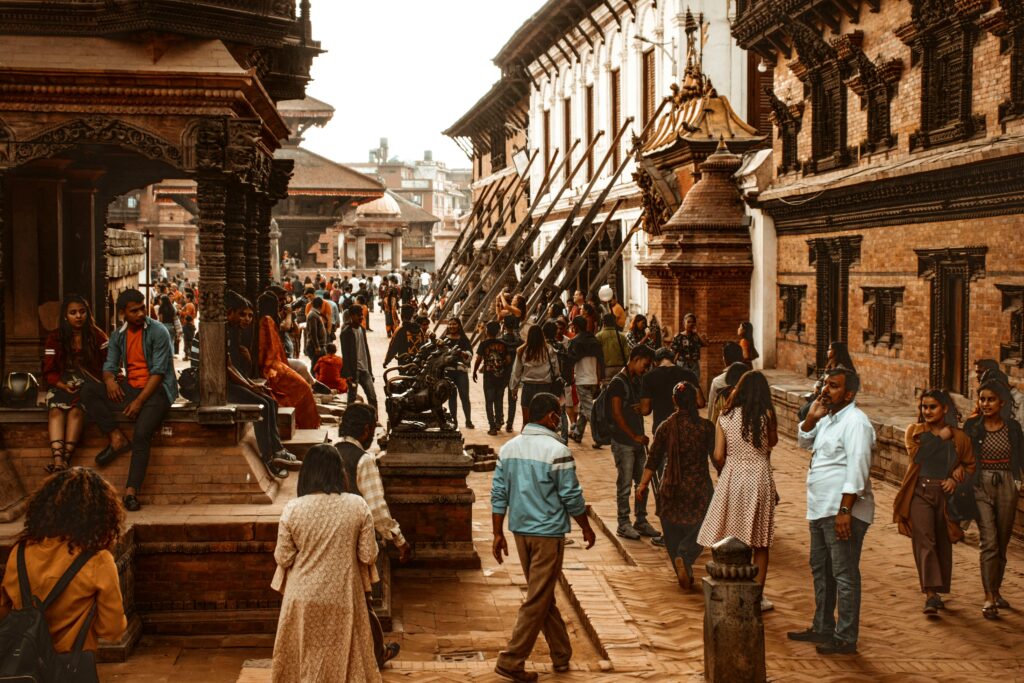
A bit about the history of Nepal
Early History and the Unification of Nepal
Nepal has a long history that dates back to the ancient period. The region was initially divided into numerous small kingdoms and city-states. One of the earliest known kingdoms was the Licchavi dynasty, which ruled from the 4th to the 9th century AD. The dynasty’s influence helped to spread Hinduism and establish cultural ties with India. After the decline of the Licchavi dynasty, the Malla dynasty took control, and the Kathmandu Valley became a centre of culture and art.
In the 18th century, King Prithvi Narayan Shah, from the Gorkha region, unified Nepal through military conquest. He established the Shah dynasty, which ruled over the newly formed Kingdom of Nepal. The unification of Nepal was completed by the late 18th century, and the Shah family continued to hold power for several generations.
The Rana Dynasty and the Rise of the Prime Ministers
In the mid 19th century, Nepal faced internal instability, leading to the rise of the Rana family. In 1846, Jung Bahadur Rana seized power in a coup and established a hereditary prime ministership, sidelining the monarchy. The Ranas ruled Nepal for over a century, effectively making the Shah kings figureheads with little political power. Under the Ranas, Nepal remained isolated from the outside world, with limited contact with colonial powers, particularly the British Empire. Despite the relative stability of the Rana regime, discontent began to grow due to the family’s autocratic rule and the increasing demands for democratic reforms. In 1951, following a popular uprising, the Rana family was overthrown, and King Tribhuvan was restored to power, marking the end of the Rana regime.
The Establishment of a Constitutional Monarchy
After the fall of the Rana dynasty, the first democratic elections were held in 1959, and the country adopted its first democratic constitution. However, political instability continued, and in 1960, King Mahendra dismissed the government and assumed direct control, establishing the partyless Panchayat system. This system remained in place until 1990.
The 1990 People’s Movement and the Restoration of Democracy
In 1990, widespread protests, known as the People’s Movement (Jana Andolan), forced King Birendra, the son of King Mahendra, to reinstate a multi-party democracy. A new constitution was adopted, and the monarchy’s powers were limited. Nepal became a constitutional monarchy with a multi-party parliamentary system, and King Birendra became a largely symbolic figurehead.
The Maoist Insurgency and the End of the Monarchy
In the late 1990s, Nepal experienced significant political unrest as the Communist Party of Nepal (Maoist) launched an insurgency against the government. The Maoists sought to abolish the monarchy and establish a people’s republic. The insurgency escalated into a brutal civil war that lasted from 1996 to 2006, causing tens of thousands of deaths.
In 2001, a tragedy struck the royal family when Crown Prince Dipendra allegedly killed several members of the royal family, including King Birendra, before turning the gun on himself. After the death of King Birendra, his son, King Dipendra, briefly assumed the throne while in a coma, but he passed away shortly thereafter. King Gyanendra, the younger brother of King Birendra, was then crowned as king. In 2005, King Gyanendra assumed direct control over the government, suspending the democratic constitution. This move sparked widespread protests, culminating in the 2006 People’s Movement (Jana Andolan II), which forced King Gyanendra to relinquish his absolute power and restore democracy.
The Abolition of the Monarchy and the Declaration of a Republic
Following the 2006 revolution, Nepal’s monarchy was abolished in 2008, and the country was declared a federal democratic republic. The monarchy, which had lasted for centuries, came to an end, and Nepal became the world’s newest republic. King Gyanendra was stripped of his title and fled the palace.
Post-Monarchy Era and Political Challenges
After the abolition of the monarchy, Nepal faced several challenges in establishing stable governance. The country went through a difficult process of drafting a new constitution, and political instability continued with frequent changes in government and the influence of various political factions, particularly the Communist Party and the Nepali Congress. In 2015, Nepal adopted a new constitution, which officially declared Nepal as a federal democratic republic. However, the constitution faced opposition from some ethnic groups, who felt it did not adequately address their concerns, leading to protests and violence in the southern Terai region.
Recent Developments
In recent years, Nepal has made efforts to improve its infrastructure and economic development. However, political instability remains a challenge, with frequent changes in government and internal conflicts. Nepal has also been grappling with the aftermath of the devastating 2015 earthquake, which caused widespread destruction and loss of life. Despite these challenges, Nepal has made significant strides in consolidating its democracy and pursuing development, with a growing tourism industry and efforts to reduce poverty. The country continues to face challenges in balancing its diverse ethnic groups, political parties, and regional interests, but it remains a key player in the south Asian region.
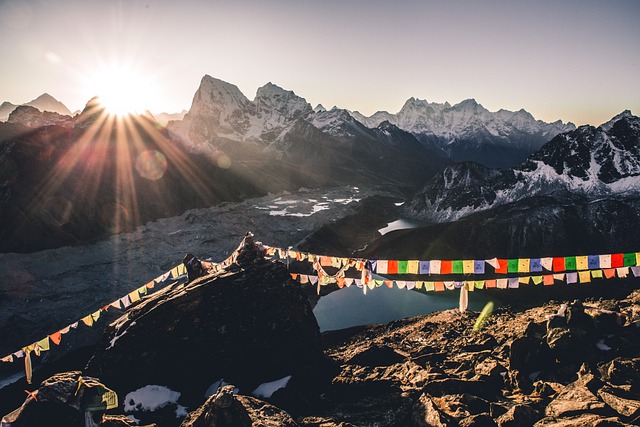
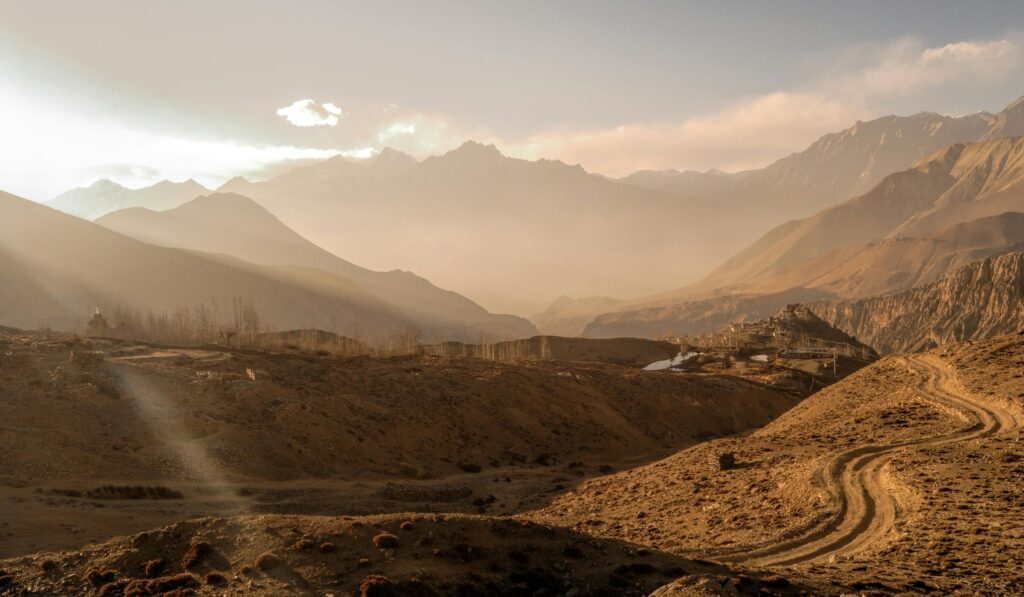
Nepal road trip
We haven’t finished our planning for pour road trip through though Nepal yet. When we do though, we’ll post it here, and in the blog.
Hopefully our journey will improve our knowledge of this intriguing and beautiful country, and enable us to meet some interesting people. We’ll be updating this page at that time – don’t forget to check back 🙂
Map of Nepal
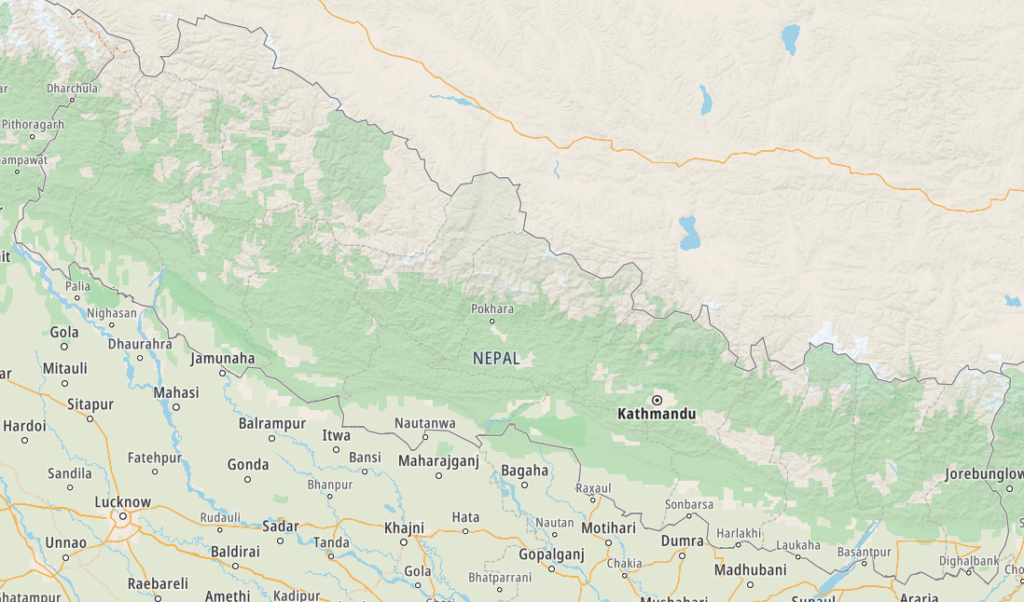
What’s it like to drive in Nepal?
They drive on the left hand side of the road in Nepal. In the main, roads are quite poor, and many are unsurfaced dirt tracks. Driving standards are also poor.
Do you require an international driving permit in Nepal?
We’ve created a dedicated page to driving abroad, which answers this question, and more, which you might find helpful.
Can you use your UK driving license when driving through Nepal?
We’ve created a dedicated page to driving abroad, which answers this question, and more, which you might find helpful.
Do I need a carnet de passages to drive in Nepal?
A carnet de passages is required to overland in Nepal. We’ve created a dedicated page to driving abroad, which answers this question, and more, which you might find helpful.
What currency do they use in Nepal?
In Nepal they use the Nepalese Rupee. Cash is widely used. The use of credit / debit cards is widely accepted in cities. Travellers cheques are not readily accepted. There are many ATMs in cities throughout the country.
You should make yourself aware of the amount that your bank charges you for using credit and debit cards abroad. Often credit cards are cheaper for purchasing items directly, and for withdrawing cash from ATMs.
What language do they speak in Nepal?
They speak Nepali in Nepal, although in the Southern border region near India Maithili is widely spoken. English is not widely spoken.
What time zone is Nepal in?
Remember, when you’re planning your next trip to take a look at what time zone it’s in.
Do I need a visa to visit Nepal?
We’ve created a dedicated, more comprehensive page on visas, which you should find helpful. Check it out!
Is wild camping legal in Nepal?
Yes, wild camping is fine in Nepal, although areas of religious significance should be avoided.
What plug / socket type do they use in Nepal?
In Nepal they use plug / socket types C, D and M.

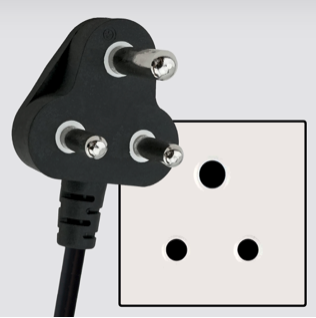
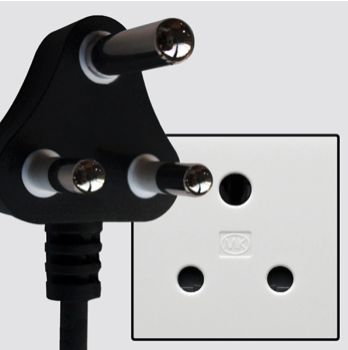
Health issues in Nepal
Is it safe to drink water in Nepal?
No, it is not safe to drink tap water in Nepal. Bottled water is readily available throughout the country.
What vaccinations are required for Nepal?
This NHS website is kept up to date with all relevant information on vaccinations in Nepal.
Phones in Nepal
What is the country calling code for Nepal?
The country calling code for Nepal is +977
What are the emergency phone numbers in Nepal?
- The emergency number for police in Nepal is: 100 / 112
- In Nepal, the emergency number for ambulance is: 102 / 112
- The emergency number for fire in Nepal is: 101 / 112
If you’ve got some useful info that you’d like to share, let us know!
And don’t forget to check out all the other pictures!
